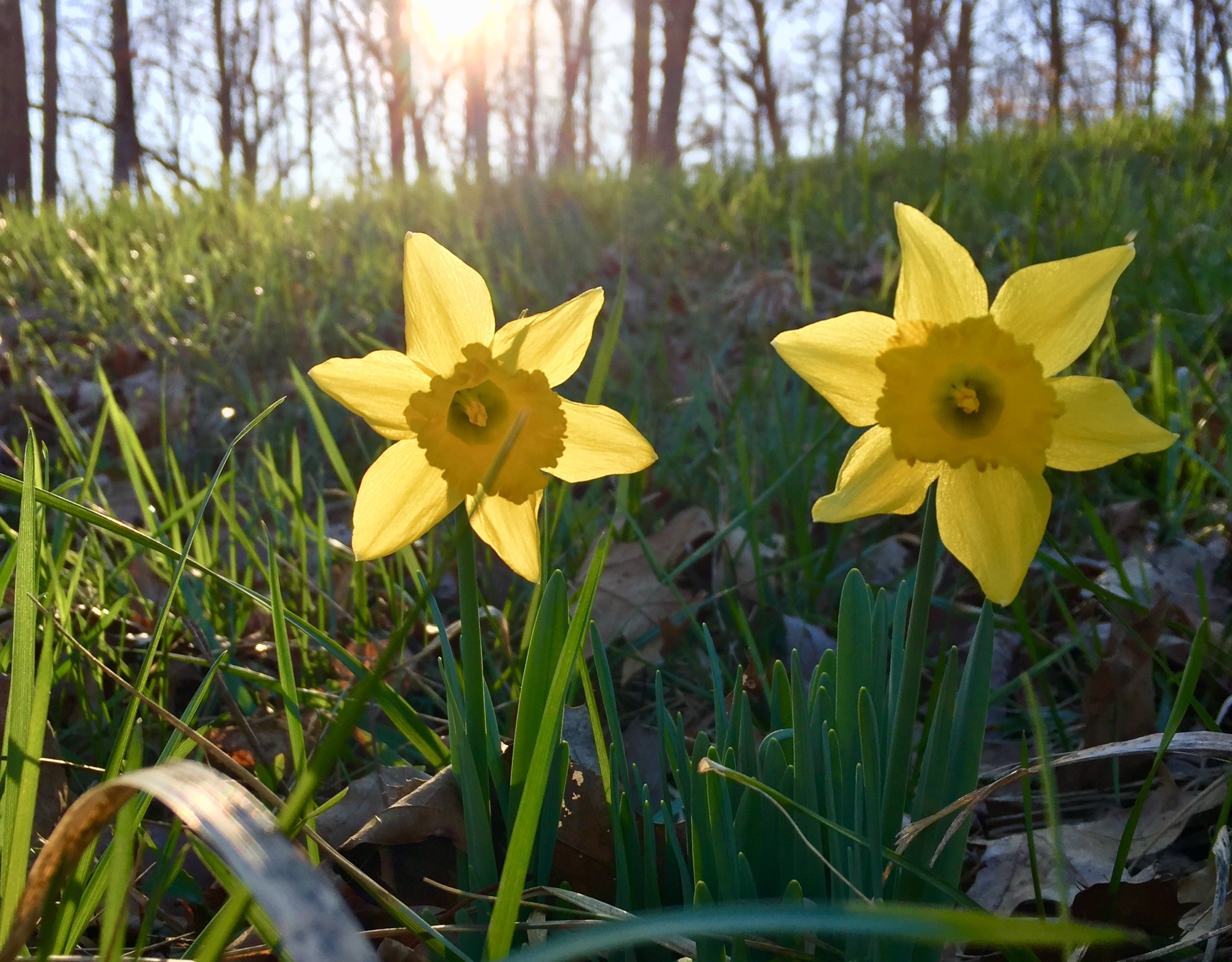OUTSIDE: Planting by nature
Published 1:26 pm Friday, April 16, 2021
|
Getting your Trinity Audio player ready...
|
By Steve Roark
Our forefathers paid a lot more attention to natural events than we do now. They had no radio, TV, or newspaper to provide weather trends, so they looked to nature to tell them when to plant beans or when to strip hickory bark for chair bottoms. They didn’t know it but they were practicing phenology: the study of cyclic and seasonal natural phenomena, especially in relation to climate, plant, and animal life.
One thing they watched for was when plants bloomed or leafed out. For instance, when forsythia blooms it’s a good time to plant beets, lettuce, onions, spinach, peas, and radish. When the serviceberry tree blooms (also called “sarvis”) you can plant broccoli, cauliflower, and green beans. When dogwoods reach full bloom, it’s okay to plant corn, squash, zucchini, and melons, and when the peony blooms, plant eggplant, tomatoes, lima beans, and watermelon. I’ve also heard of planting corn when white oak leaves are as big as a squirrel’s ear.
This system may give good guidelines, but it’s not foolproof. Our springs tends to have roller-coaster temperature fluctuations, with balmy warmups followed by cold snaps. Probably the best way to know when to plant vegetables is scientifically, using a soil thermometer. Germination of seeds depends heavily upon soil temperature, so it’s a good indicator of when to plant.
Here is a list of garden plants and the soil temperature range in which they should be planted. Temperatures are in degrees Fahrenheit. Soil thermometers are available online or at garden centers.
Beans: 60-85; Beets: 50-85; Cabbage: 45-95; Lettuce: 40-80; Onions: 50-95;
Peas: 40-75; Pepper: 65-95; Pumpkin: 70-90; Radish: 45-95; Spinach: 45-75; Squash: 70-95; Tomatoes: 60-85; Turnips: 60-90; Watermelon: 70-95.
For more information on gardening, contact your County Extension Agent.
Steve Roark is a volunteer interpreter for the Cumberland Gap National Historical Park.





